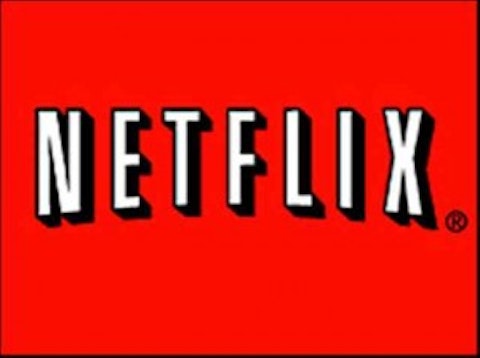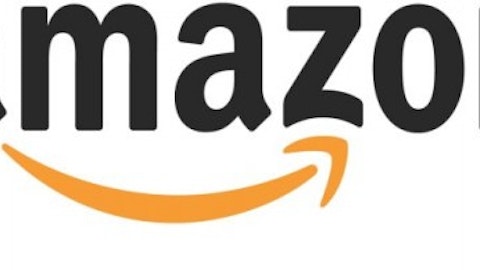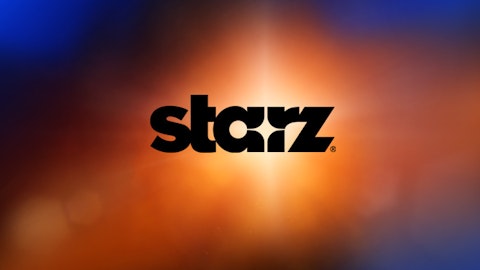Netflix, Inc. (NASDAQ:NFLX) management has often talked about pursuing a virtuous cycle that will sustain rapid streaming membership growth for years to come. By having more members than competitors such as Amazon.com, Inc. (NASDAQ:AMZN) or Hulu, Netflix, Inc. (NASDAQ:NFLX) can afford to spend more on content, improving the quality of the service and attracting even more members.

The company’s long-term view states, “Success relative to these competitors-for-content would be us having substantially larger revenue and therefore sustainable increasing content, tech and marketing spending, leading to further growth, and a virtuous cycle.”
This expectation of a virtuous cycle is one of the primary reasons Netflix, Inc. (NASDAQ:NFLX) CEO Reed Hastings believes that the company will ultimately attract 60 million to 90 million U.S. streaming subscribers. As he explained during the company’s recent earnings interview: “[B]y the time we get to 40 million and 50 million, we get the content better and the service better. So, it’s not 60 million or 90 million for the current service, it’s 60 million or 90 million for the future service that’s much improved, with maybe a lot more originals and incredible streaming.”
There’s just one problem: The much-talked about “virtuous cycle” is a myth. As the membership base grows, Netflix, Inc. (NASDAQ:NFLX) does have more streaming revenue, allowing it to increase its content budget. However, that is very different from the picture of “increasing content” that Netflix, Inc. (NASDAQ:NFLX) describes.
In fact, inflation in the cost of content is likely to outrun Netflix’s U.S. subscriber growth rate for the foreseeable future. In other words, Netflix will spend more on content but will get much less for its money. This will force Netflix, Inc. (NASDAQ:NFLX) to either ramp up content spending at an even faster rate than membership growth or else face the possibility of a vicious cycle a few years down the road, whereby decreasing content leads to fewer subscribers, leading to further content cuts.
New competitive landscape
Netflix’s top executives seem to realize that they face a potential content cost inflation issue, but they aren’t willing to admit the severity of the problem. On the company’s Q1 conference call, Hastings noted that Hulu and Amazon had begun bidding more aggressively in the past 12 months, driving up content prices. By contrast, Netflix had been the only serious bidder for U.S. streaming rights until last year.
In the long-term view, Netflix tries to reassure investors that it won’t get caught up in a bidding war with competitors. The company claims, “Competitive pressures in bidding for content would lead us to have slightly less content than we would otherwise, rather than overspending.”
Netflix’s Q2 results provide ample evidence of that strategy at work. While the domestic streaming subscriber base hit just above the midpoint of the 29.40 million-30.05 million guidance range, domestic streaming contribution profit of $151 million beat the top of Netflix’s guidance range. Moreover, the domestic streaming contribution margin expanded by 190 basis points, nearly double the company’s target.
This unexpected increase in profit and contribution margin may seem like a good thing. However, since revenue and subscriber growth was in line with expectations, the higher profit must have been the result of lower costs; i.e. not overspending on content. With Netflix suddenly economizing, how will it continue to drive strong subscriber growth through a “virtuous cycle”?
Losing ground
Let’s take a step back and look at the competition between Netflix and Amazon.com, Inc. (NASDAQ:AMZN) from a user perspective. Earlier this year, Amazon.com, Inc. (NASDAQ:AMZN) won the exclusive streaming rights to the popular PBS show Downton Abbey. Until the new agreement went into effect a month ago, Netflix and Hulu also streamed old episodes of the popular show. Downton Abbey is the most-watched show on Prime Instant Video, which suggests that it was also heavily watched on Netflix and Hulu.



